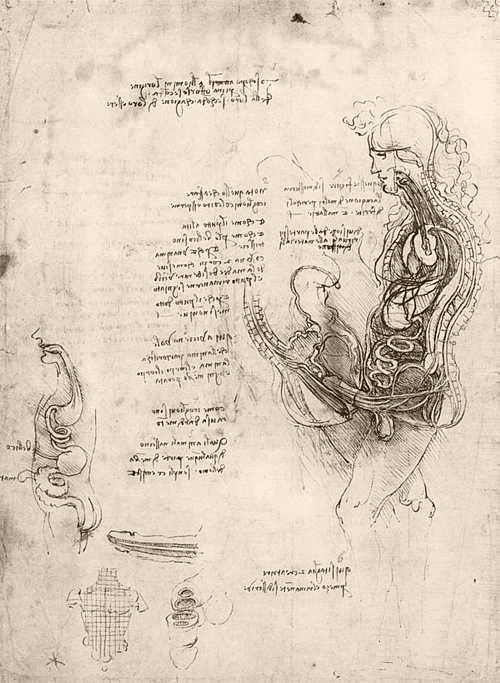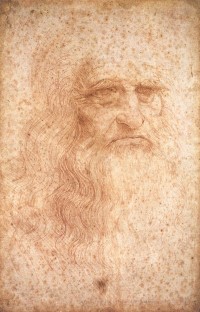If a biographical study is really intended to arrive at an understanding of its hero’s mental life it must not—as happens in the majority of biographies as a result of discretion or prudishness—silently pass over its subject’s sexual activity or sexual individuality. What is known of Leonardo in this respect is little: but that little is full of significance. In an age which saw a struggle between sensuality without restraint and gloomy asceticism, Leonardo represented the cool repudiation of sexuality—a thing that would scarcely be expected of an artist and portrayer of feminine beauty. Solmi quotes the following sentence of his which is evidence of his frigidity: ‘The act of procreation and everything connected with it is so disgusting that mankind would soon die out if it were not an old-established custom and if there were not pretty faces and sensuous natures.’1 His posthumous writings, which not only deal with the greatest scientific problems but also contain trivialities that strike us as scarcely worthy of so great a mind (an allegorical natural history, animal fables, jokes, prophecies),2 are chaste—one might say even abstinent—to a degree that would cause surprise in a work of belles lettres even to-day. So resolutely do they shun everything sexual that it would seem as if Eros alone, the preserver of all living things, was not worthy material for the investigator in his pursuit of knowledge.3 It is well known how frequently great artists take pleasure in giving vent to their phantasies in erotic and even crudely obscene pictures. In Leonardo’s case on the contrary we have some anatomical sketches of the internal female genitals, the position of the embryo in the womb and so on.4

